BEIJING: China embarked on Thursday (May 29) on its first mission to retrieve samples from a nearby asteroid, with the nighttime launch of its Tianwen-2 spacecraft, set to make the fast-growing space power the third nation to fetch pristine asteroid rocks.
The decade-long mission is the latest in recent space efforts that include landing robots on the moon's far side, running a national space station in orbit and investing heavily in plans to send humans to the moon by 2030.
The Long March 3B rocket lifted off at about 1.31am from the Xichang satellite launch centre carrying the Tianwen-2 robotic probe.
Over the next year it will approach the small near-Earth asteroid 469219 Kamoʻoalewa, which is between 15 million km and 39 million km distant.
China's official news agency Xinhua confirmed the launch of Tianwen-2, calling it a "complete success".
Tianwen-2 is set to reach the asteroid in July 2026 and shoot a capsule packed with rocks back to Earth for a landing in November 2027.
Then it will fly to its second target, main-belt comet 311P/PanSTARRS, on a journey lasting years, as the comet's closest distance to Earth is about 140 million km.
Located in the main asteroid belt between Mars and Jupiter, Comet 311P is far closer to the Sun than the region where typical comets originate.
The odd location makes it unlikely to have the surface ice of typical comets that, once vaporised, forms their characteristic tails.
Tianwen-2 will make in-depth studies of the main features of Kamoʻoalewa and 311P, including possibly the material ejected by the latter, an official of the China National Space Administration (CNSA) said.
Returning samples from Kamo'oalewa will be far more challenging than China's successful lunar missions, mainly because the asteroid's gravity is much lower than that of the moon, making landing and sampling much harder.
Japan's Hayabusa, which fetched samples from a small asteroid in 2010, was the world's first such mission, followed by its Ryugu mission of 2019.
In 2020, the first US asteroid retrieval mission, OSIRIS-REx, brought back samples from the Bennu asteroid.
Kamoʻoalewa is known as a quasi-satellite of Earth, a close celestial neighbour that has orbited the sun for roughly a century, NASA says. Its size is anywhere between 40m and 100m.
Tianwen-2's predecessor, Tianwen-1, another uncrewed spacecraft launched in 2020, was China's first mission to Mars, successfully landing on a vast plain known as Utopia Planitia after a six-month journey.
China is already planning its third interplanetary mission, Tianwen-3, scheduled tentatively for 2028, which could make it the first country to retrieve samples from Mars.
Last month CNSA announced payload capacity of 20kg for foreign countries and research institutions aboard the orbiter and lander that will explore the red planet.







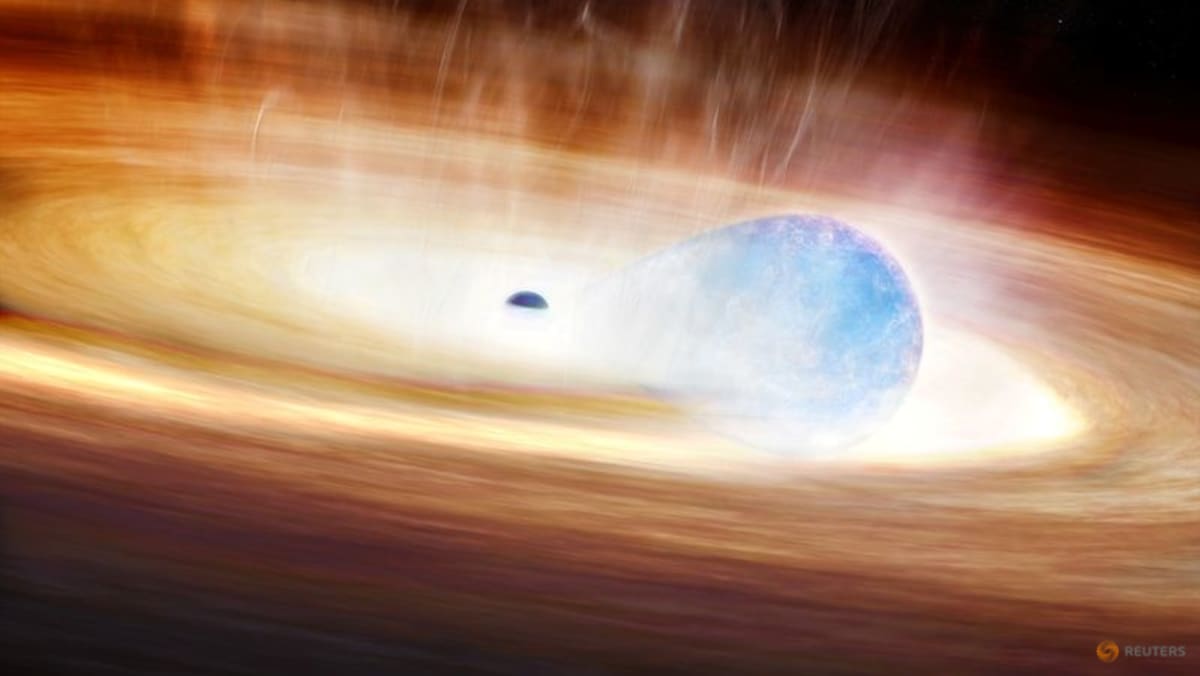
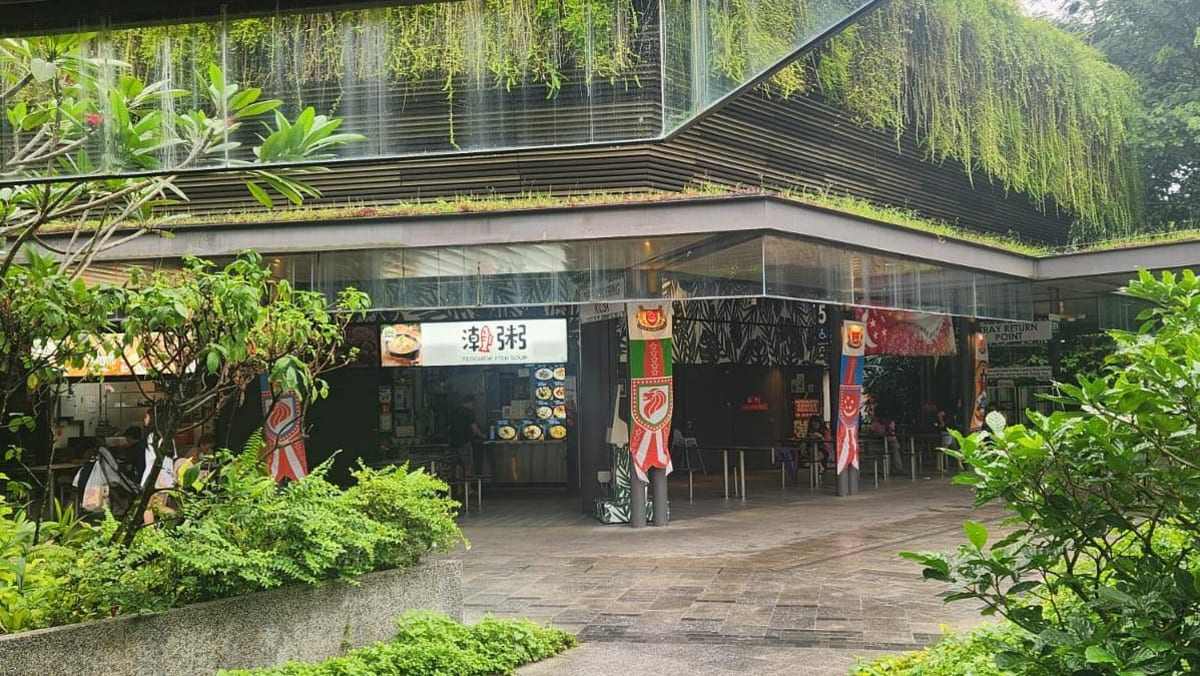






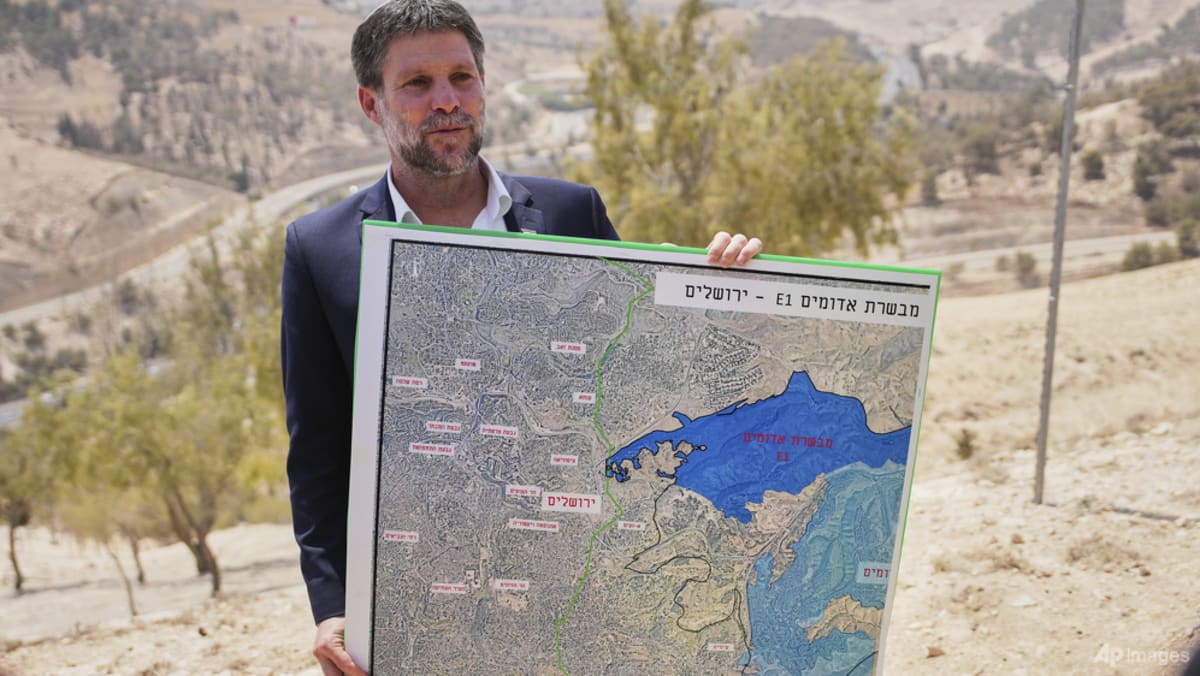

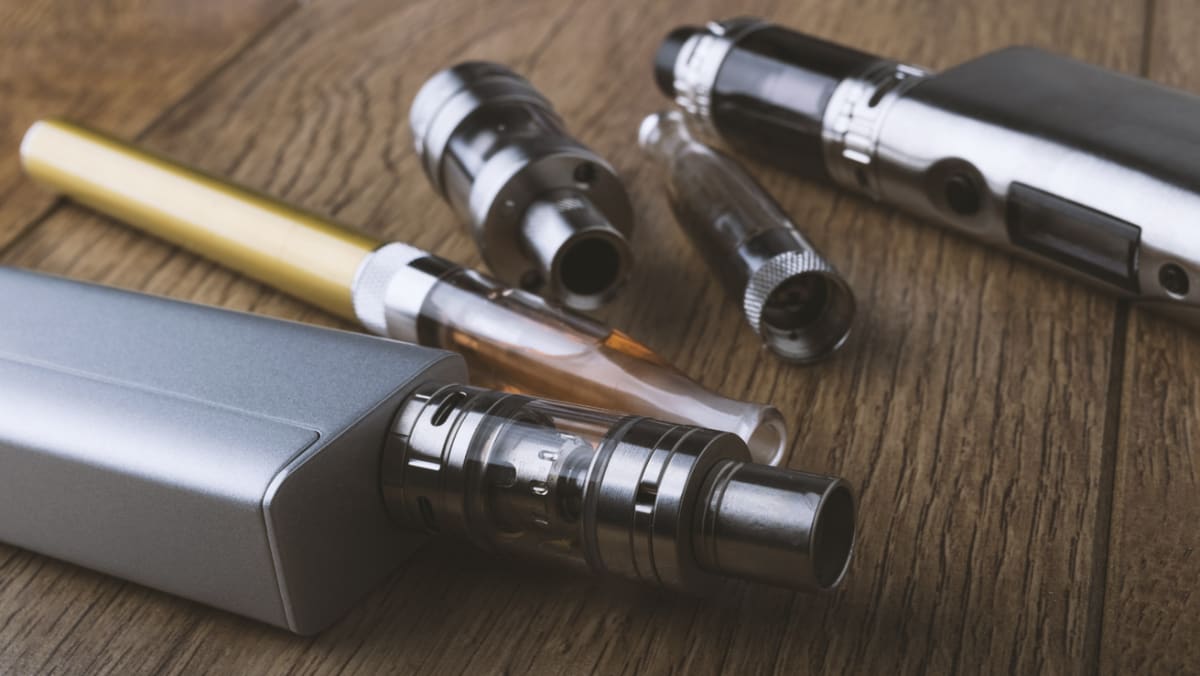

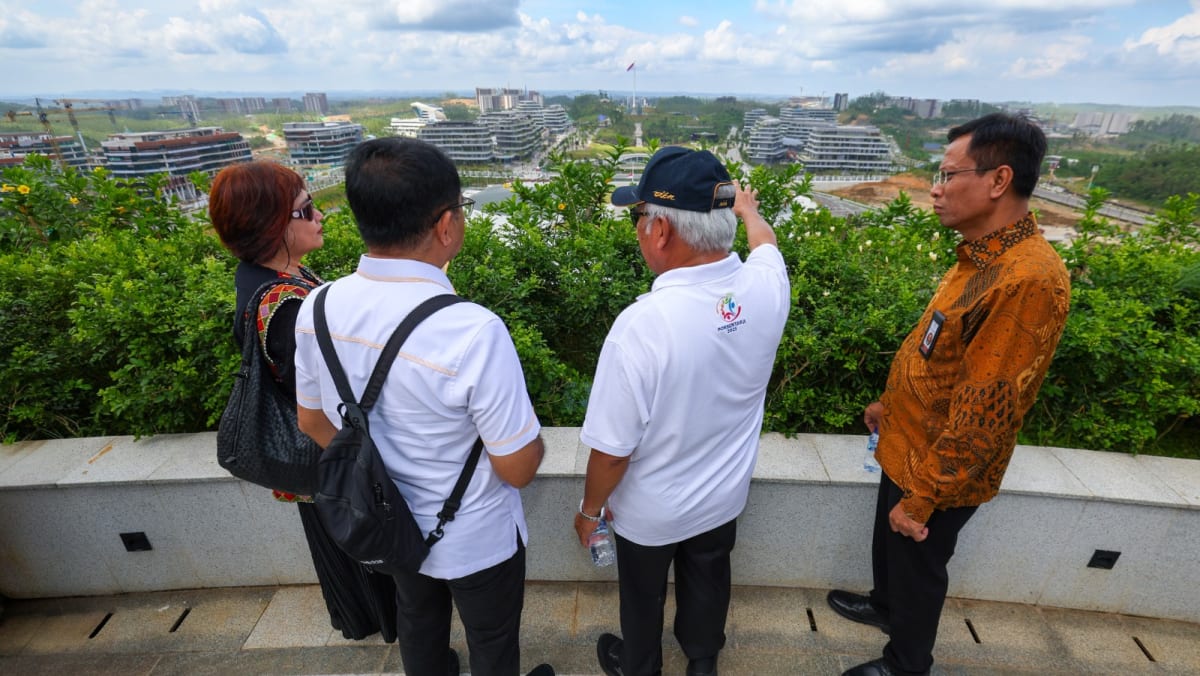












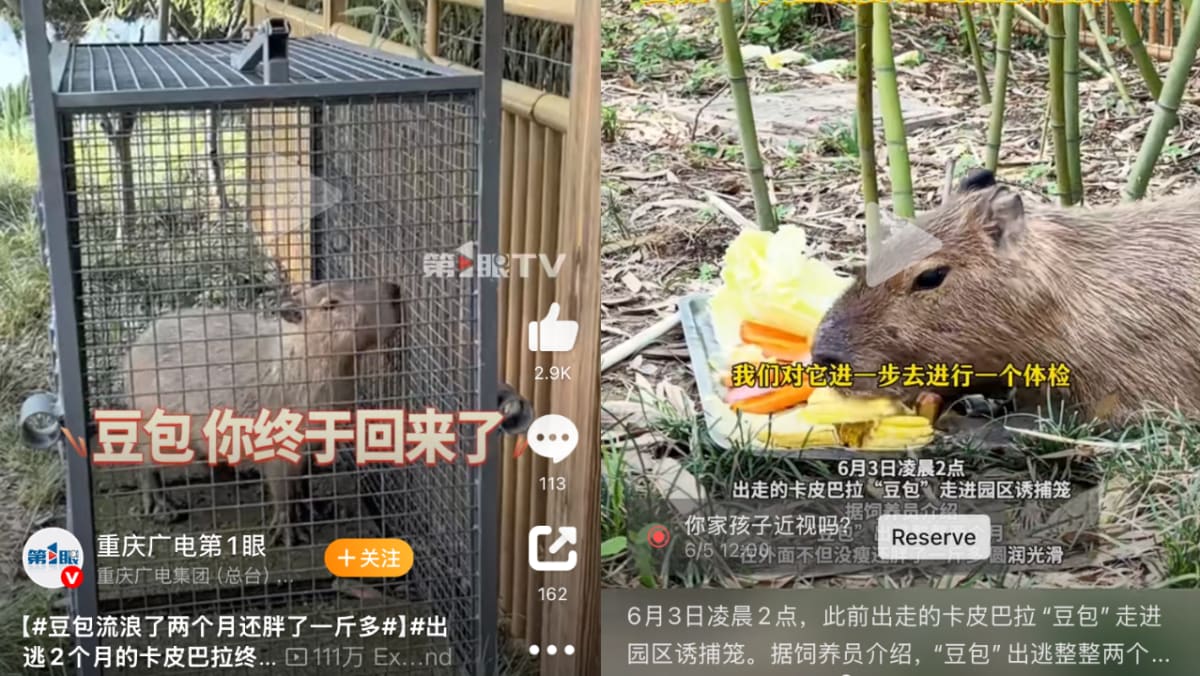

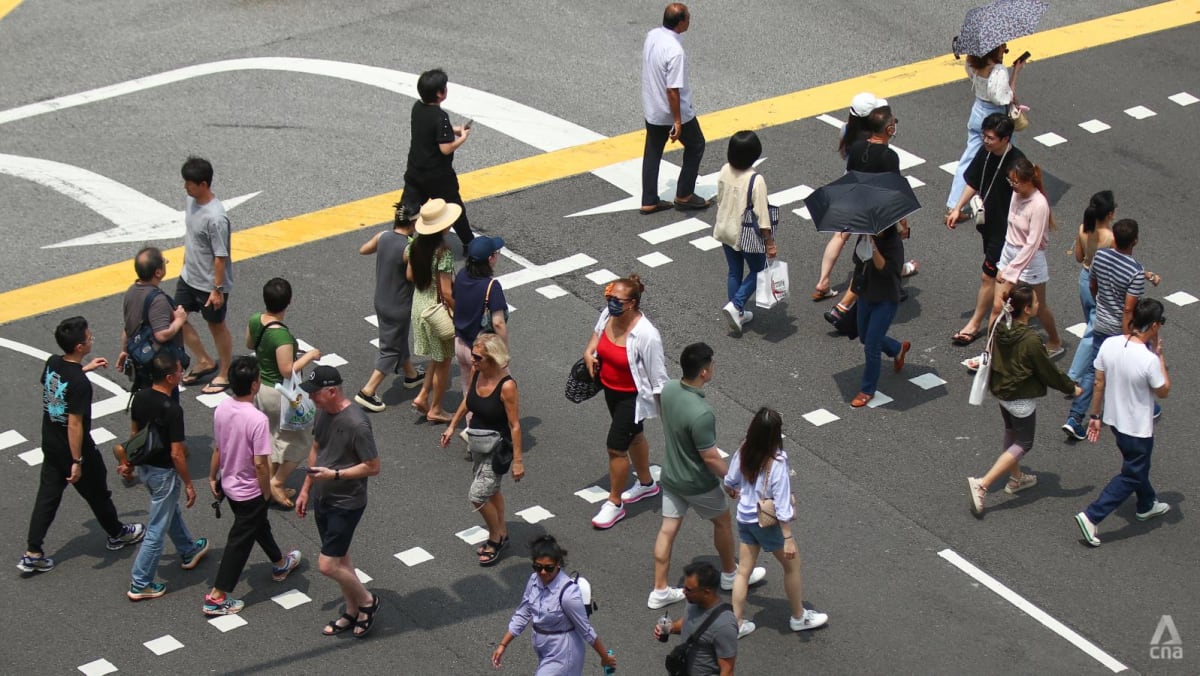





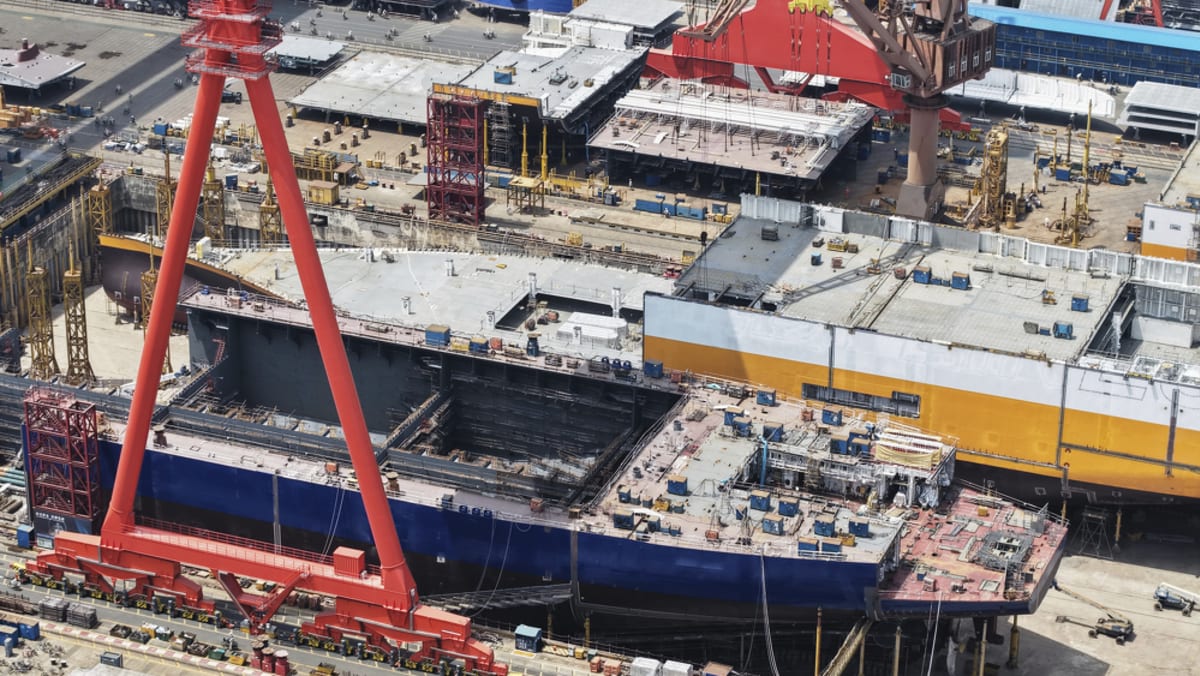

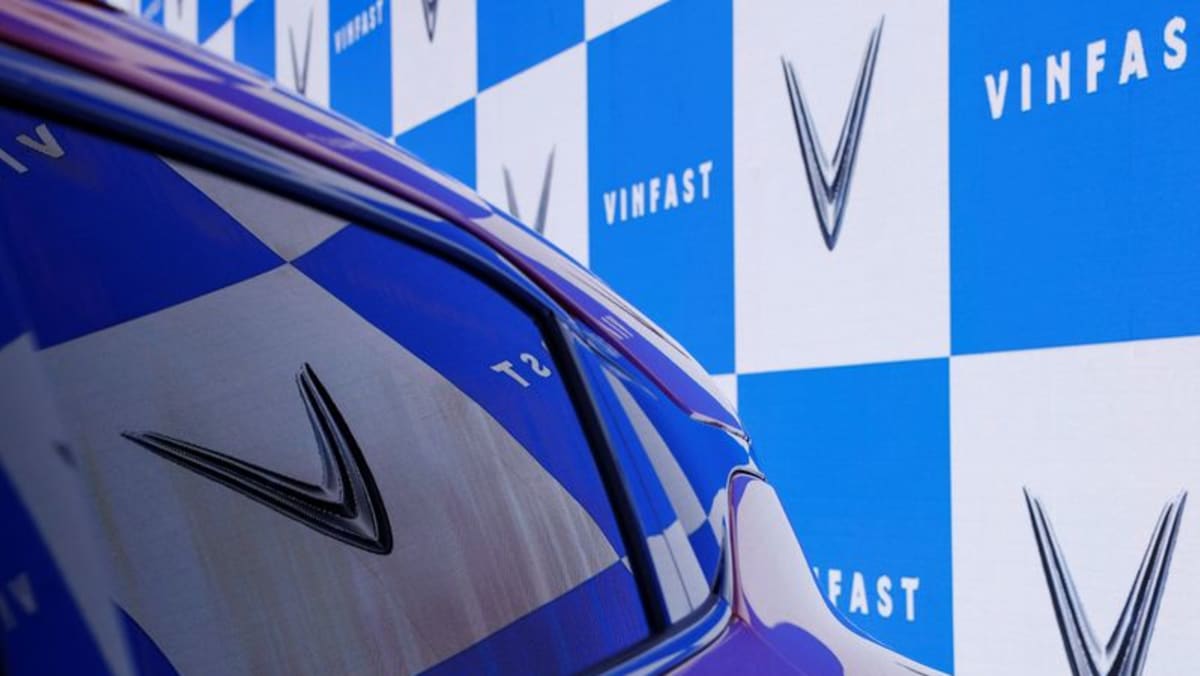


.png?itok=erLSagvf)




